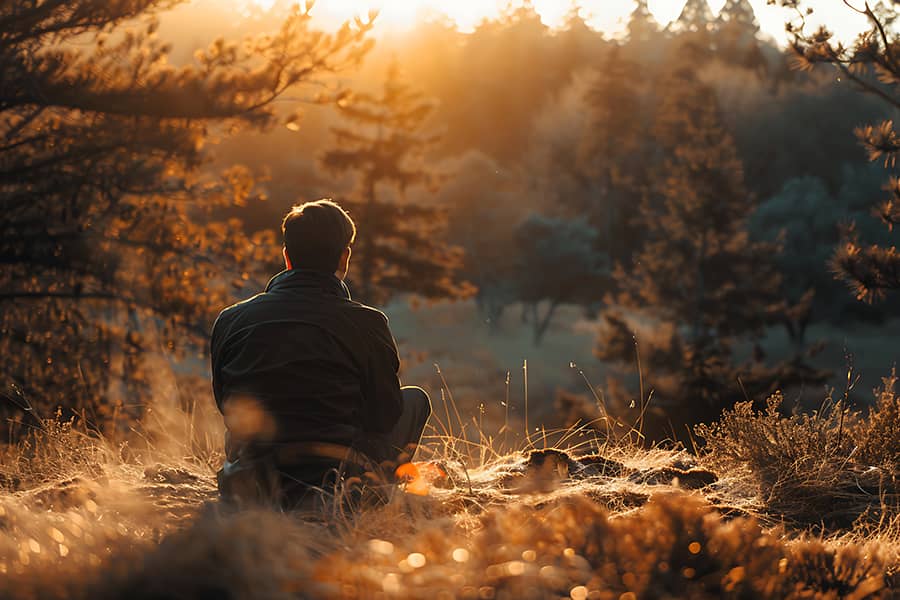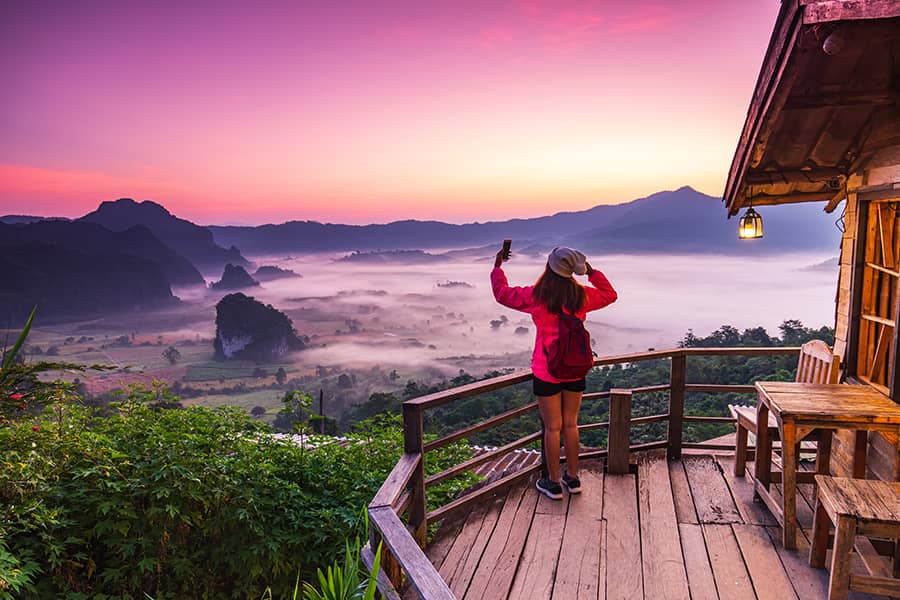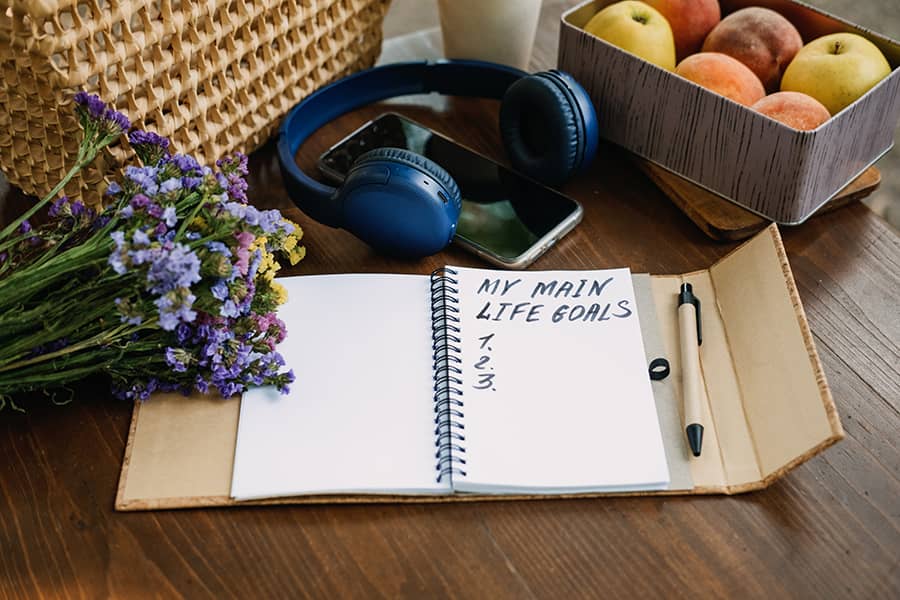Mindfulness in Chaos: Finding Peace Amidst Daily Turmoil

Introduction: Understanding Mindfulness in Everyday Life
In a world that thrives on constant motion and noise, mindfulness emerges as a gentle antidote to the chaos around us. It’s not merely a practice reserved for quiet meditation sessions; rather, it’s an invitation to infuse each moment of our daily lives with awareness and presence. By anchoring ourselves in the now, we build resilience against distractions that so often pull us away from what truly matters. Picture savoring your morning coffee—not as a routine task but as an opportunity to immerse yourself in its warmth, aroma, and flavor. Such moments encourage us to reclaim our time from autopilot mode.
Moreover, mindfulness fosters a deep connection with our emotions and surroundings. When faced with challenging interactions or overwhelming tasks, taking a minute to pause can provide clarity—allowing us to respond thoughtfully instead of reacting impulsively. This practice of observing thoughts without judgment enriches our experiences and cultivates gratitude for simplicity amidst busyness. Embracing mindfulness transforms ordinary encounters into profound opportunities for reflection, helping us navigate life’s turbulence while reaffirming our inner sense of serenity—a true art in today’s frenetic pace.
The Nature of Daily Chaos
Daily chaos is an inevitable part of life, often characterized by unexpected disruptions and the constant demands of modern existence. Rather than perceiving these moments as mere annoyances, we can choose to view them as intricate threads woven into the fabric of our daily experience. Each chaotic event presents an opportunity for growth and resilience; it invites us to recalibrate our focus and embrace the unpredictability around us. When we shift our perspective, a morning commute turned hectic transforms into a chance to practice patience or explore auditory landscapes, such as podcasts or music that inspire.
Embracing daily chaos requires a level of acceptance that fosters inner peace. This acceptance allows us to dance with uncertainty rather than resist it, treating each moment—however dissonant—as a valuable teacher. The key lies in remaining present amidst turmoil; mindfulness practices help anchor us when external conditions threaten to destabilize our mental state. Through deep breathing or gentle awareness exercises, we cultivate a sanctuary within ourselves where tranquility exists despite surrounding noise, enabling us not just to endure chaos but to thrive within its ambiguity and find meaning even in disarray.
What is Mindfulness? A Brief Overview
At its core, mindfulness is the art of being present—fully engaged with the here and now without judgment. It invites us to step out of the whirlwind of our thoughts and emotions, creating space for awareness that fosters a deeper connection to ourselves and the world around us. In contrast to merely existing, mindfulness encourages us to observe our experiences with curiosity, akin to a traveler savoring each moment on an unfamiliar journey. This practice can transform mundane tasks into opportunities for reflection; a simple act like washing dishes or taking a walk morphs into a canvas where we can paint our thoughts without distraction.
The beauty of mindfulness lies in its accessibility—it doesn’t require elaborate rituals or extensive training. Just by dedicating a few minutes daily to contemplate your breath or engage fully in an activity, you cultivate resilience against chaos. When life’s pressures press in on all sides, this grounding technique allows us not only to navigate through turmoil but also to find fragments of peace amidst it. By embracing imperfection and uncertainty as part of life’s fabric, we can foster compassion toward ourselves and others, enriching our lives even when external conditions seem tumultuous.
Benefits of Practicing Mindfulness Regularly
Practicing mindfulness regularly cultivates a deeper connection to the present moment, enabling individuals to experience life’s richness without being overshadowed by worries about the past or future. This heightened state of awareness not only fosters emotional resilience but also enhances one’s ability to respond thoughtfully in chaotic situations rather than reacting impulsively. By nurturing this skill, you can transform daily irritations into opportunities for growth and reflection.
Moreover, integrating mindfulness into your daily routine can significantly improve concentration and productivity. In a world brimming with distractions, training your mind to focus on one task at a time allows for greater efficiency and creativity. Imagine approaching each project or interaction with full attention; the results can be transformative both personally and professionally. Over time, these small shifts cultivate an inner calm that acts as a buffer against external disturbances, turning everyday chaos into manageable experiences filled with clarity and purpose.
Techniques for Incorporating Mindfulness Daily
One effective technique for incorporating mindfulness into your daily routine is through micro-meditations. These brief moments of awareness can be seamlessly woven into activities you already do, such as brushing your teeth or waiting for your morning coffee to brew. Instead of rushing through these tasks, take a few conscious breaths and focus on the sensations involved—the feeling of the toothbrush bristles against your gums or the aroma of fresh coffee wafting through the air. This practice not only grounds you in the present moment but also transforms mundane routines into opportunities for mindful engagement.
Another powerful method is to establish mindful transitions throughout your day. Use moments between tasks—switching from work to personal time or moving from one meeting to another—as cues to pause and reset. During these transitions, take a moment to notice how you’re feeling emotionally and physically: Are you tense? Energized? With every shift, allow yourself a brief check-in with those feelings, coupled with a deep breath that can act like an anchor amidst chaos. Over time, these mindful intervals become a natural part of your day, cultivating resilience against stress while enhancing self-awareness and clarity in decision-making.
Creating a Mindful Space at Home
Creating a mindful space at home starts with intentionality—transforming even the smallest corners into havens of peace. Begin by decluttering areas that regularly draw your attention; a clean, organized space serves as a blank canvas for calmness. Incorporate elements that stimulate the senses positively: soft textiles for touch, calming scents from essential oils or candles, and natural light to uplift your spirits. Each item should serve a purpose and evoke tranquility; consider adding houseplants not only for aesthetic appeal but also for their ability to purify air and boost mood.
In addition to physical surroundings, integrating mindfulness practices into your daily routine can enhance your mindful space. Designate specific times each day to engage in meditation or gentle yoga in this area—repeating these rituals will help establish it as a true sanctuary within your home. Consider keeping a journal nearby to reflect on moments of gratitude or insights gained during these quiet interludes; this fosters deeper connections between spaces and personal well-being. Ultimately, cultivating mindfulness is about creating an atmosphere where you can retreat from chaos and connect with yourself amid life’s relentless pace.
Overcoming Challenges in Mindfulness Practice
In the journey of mindfulness, challenges often emerge as uninvited guests that test our dedication and resolve. Instead of viewing these obstacles as setbacks, consider them invaluable teachers. When you encounter a restless mind during meditation or distractions tugging at your attention throughout the day, embrace these moments as opportunities to cultivate resilience. Acknowledge the chaos within and around you without judgment; this acceptance transforms frustration into curiosity and paves the way for deeper understanding.
Moreover, integrating mindfulness doesn’t demand perfection—it thrives in authenticity. Rather than aiming for a serene experience every time, permit yourself to engage with whatever arises: thoughts of to-do lists, feelings of anxiety, even fleeting moments of joy. By practicing self-compassion amid turmoil, we learn to dance with our discomfort rather than resist it; each breath becomes an act of empowerment. Embracing imperfection not only enriches your practice but also fosters a profound alignment with the ebb and flow of life itself—where peace is found not just in stillness but in navigating the whirlwind gracefully.
The Role of Breath in Finding Peace
Our breath is an ever-present companion, often overlooked in the hustle and bustle of daily life. Yet, it holds an extraordinary power to anchor us in the present moment. When chaos swirls around us—whether it’s a demanding work deadline or a personal conflict—intentionally focusing on our breathing can create a sanctuary within. Inhale deeply, allowing your abdomen to rise; this act not only floods your body with oxygen but also triggers the relaxation response, signaling to your mind that it’s time to pause and let go.
Moreover, rhythmically connecting with your breath cultivates heightened awareness of both thought patterns and emotional responses. As you breathe in tranquility and exhale tension, you cultivate resilience against external pressures. This simple practice transforms chaotic moments into opportunities for grounding; when we slow down our breath, we slow down our thoughts, granting ourselves clarity amidst turmoil. The next time life’s unpredictability looms large, remember: each breath can serve as a gentle reminder to recalibrate and regain inner peace—even if just for a fleeting moment.
Personal Stories: Success with Mindfulness
In the midst of life’s whirlwind, mindfulness can serve as a beacon of transformative power, much like it did for Sarah, a busy urban professional who juggles a demanding career and family obligations. Overwhelmed by the chaos of her daily routine, she stumbled upon mindfulness meditation through a friend’s recommendation. Initially skeptical about its impact, Sarah decided to dedicate just ten minutes each morning to focus on her breath and acknowledge her thoughts without judgment. Gradually, she noticed those fleeting moments of calm extended beyond meditation; they seeped into her interactions with colleagues and family members. Instead of reacting impulsively during stressful meetings or chaotic mornings at home, she found clarity in pausing—a simple yet profound shift that drastically improved both her performance at work and her connections with loved ones.
Another powerful testament comes from Mark, who embraced mindfulness after grappling with anxiety for years. He discovered that by incorporating mindful walking into his routine—focusing on each step rather than racing through his errands—he could ground himself amidst feelings of unease. As he walked through the vibrant streets filled with noise and distractions, he began to appreciate the beauty around him—the rustle of leaves in sync with his footsteps and the laughter echoing from nearby cafes created an immersive experience that shifted his perspective on everyday life. What started as a coping mechanism evolved into a practice that instilled gratitude in him: even within chaos, precious moments exist waiting to be acknowledged and celebrated. Mark’s story illustrates how embracing mindfulness not only alleviates stress but enhances our appreciation for life’s intricate tapestry woven in both tranquility and turmoil.
Conclusion: Embracing Calm Amidst the Storm
In a world that often feels like a relentless whirlwind, embracing calm amidst the storm isn’t merely an act of defiance; it’s a revolutionary choice. Instead of resisting chaos, we can learn to dance with it, transforming overwhelming moments into opportunities for growth and reflection. By reorienting our focus from external turmoil to internal tranquility, we cultivate an inner sanctuary that remains untouched by life’s unpredictability. This paradigm shift opens doors to resilience and clarity, allowing us to respond rather than react.
Moreover, the practice of mindfulness serves as both anchor and sail in turbulent waters. When we pause to breathe and connect with the present moment, we not only regain control over our reactions but also deepen our understanding of ourselves. This awareness enables us to discern what truly matters amid distractions—be it nurturing relationships or pursuing passions long neglected. In these simple yet profound practices lies the secret: finding peace is not about avoiding storms but about mastering how we navigate through them with grace and intention.
Recent Posts
-
The Top Destinations to Visit in October, Based on Expert Recommendations
September 25, 2024 -
The Essential Lifestyle: Ways to Streamline and Organize Your Life
September 22, 2024 -
How to Journey on a Budget: Tips for Cost-Effective Adventures
September 21, 2024 -
The Growing Importance of Mental Health for Athletes
September 20, 2024




